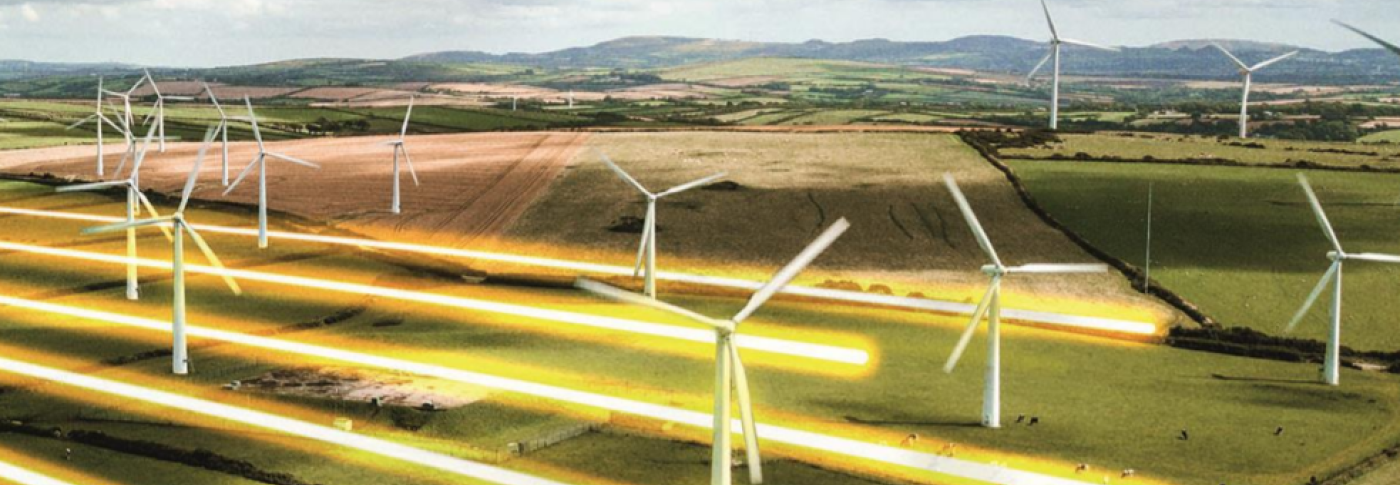ESO publishes “Beyond 2030” – a £58bn investment plan in…
19 Mar 2024 - 3 minute read

9 Mar 2021 - 3 minute read
We recently blogged about how we deal with congestion on Britain’s electricity system, and how we’re engaging with industry to tackle the issue. Griffin John from our networks team talks through our plans.
Keeping Britain’s electricity flowing safely, reliably and efficiently around the country’s transmission lines is key to us maintaining our service and meeting our zero carbon targets, so overcoming the constraints challenge is essential.
In a recent webinar we revealed to industry a 5-point plan for how we’ll manage these network constraints in the years ahead, and we’re pleased to be able to share that plan below.
Balancing Services Use of System (BSUoS) charges are a tariff on users of the network (for example generators and suppliers) to recover the costs we incur balancing the system.
Find out how we’ve helped industry manage costs during lockdown
We’ve been publishing more detailed BSUoS cost forecasts in recent years. But we recognise that a new approach which provides even greater transparency and insight in our costs forecasts could be of even greater value to industry – particularly around costs incurred managing flows on the network.
We’re building a new team to develop our constraint cost forecasts, and we’re aiming to move away from a central forecast to providing a range of constraint costs.
An intertrip can act to relieve localised network overloads – normally in heavily-constrained areas of the grid – by automatically disconnecting a generator or demand from the system in response to a signal (normally a fault).
Intertrips reduce the need for our control room to take potentially expensive action to balance and secure the system in anticipation of a fault.
Our constraint management pathfinder, whose first phase launches today, is engaging with industry and exploring new short and long term solutions for intertripping services that could contribute to managing constraints more effectively in the future.
Read more about the first phase in our constraint management pathfinder
Our regional development programmes (RDPs) look across the whole-system landscape and work with distribution network operators (DNOs) to identify key areas of development – including reducing constraints.
Through the RDP we’re already collaborating closely with DNOs to develop future regional constraint markets and solutions, with projects including Power Potential and an initiative to unlock more capacity for smaller, regionally-connected (and often renewable) power sources in more heavily-congested parts of the network.
Our 4D Heat project with SSEN is thinking even more innovatively, exploring the potential to use electric heat demand in Scotland to soak up surplus wind generation to help manage constraints.
If the energy contributing to network congestion could be stored and used at a different time, system balancing costs could be significantly reduced.
But storage providers need better market signals to be able to build in the right locations and help resolve constraints on a regional level.
We’ll continue to highlight the benefits of new network initiatives which could bolster the grid, deliver better value to consumers, and futureproof the system
We’re looking to carry out a future system analysis to help us identify potential commercial models for a storage service that would help us manage constraints and bring best value to the consumer.
This would build on a Network Innovation Allowance-funded collaborative project already underway at ESO to analyse the impact of a range of energy storage systems on network constraints.
There’s potential to boost the capability of our existing network, for example through ongoing smaller investments (whose cumulative effect could reap benefits for consumers) or by accelerating new infrastructure projects.
Through our Network Options Assessment (NOA) we’ll continue to support and highlight the benefits of new technology and network initiatives which could bolster the grid, deliver better value to consumers, and futureproof the system as we progress the clean energy transition.
To get involved with our constraint management pathfinder and its wider work, visit the pathfinder page to find out more and contact the team.